EED
-
Official Full Name
embryonic ectoderm development
-
Overview
This gene encodes a member of the Polycomb-group (PcG) family. PcG family members form multimeric protein complexes, which are involved in maintaining the transcriptional repressive state of genes over successive cell generations. This protein interacts with enhancer of zeste 2, the cytoplasmic tail of integrin beta7, immunodeficiency virus type 1 (HIV-1) MA protein, and histone deacetylase proteins. This protein mediates repression of gene activity through histone deacetylation, and may act as a specific regulator of integrin function. Two transcript variants encoding distinct isoforms have been identified for this gene. [provided by RefSeq, Jul 2008] -
Synonyms
EED; embryonic ectoderm development; HEED; WAIT1; polycomb protein EED; WD protein associating with integrin cytoplasmic tails 1;
- Recombinant Proteins
- Cell & Tissue Lysates
- Protein Pre-coupled Magnetic Beads
- Others
- Chicken
- Human
- Mouse
- Rhesus Macaque
- Zebrafish
- E.coli
- HEK293
- HEK293T
- In Vitro Cell Free System
- Insect Cell
- Mammalian Cell
- Wheat Germ
- GST
- His
- His (Fc)
- Avi
- His|GST
- Myc
- DDK
- Myc|DDK
- N/A
- Background
- Quality Guarantee
- Case Study
- Involved Pathway
- Protein Function
- Interacting Protein
- EED Related Articles
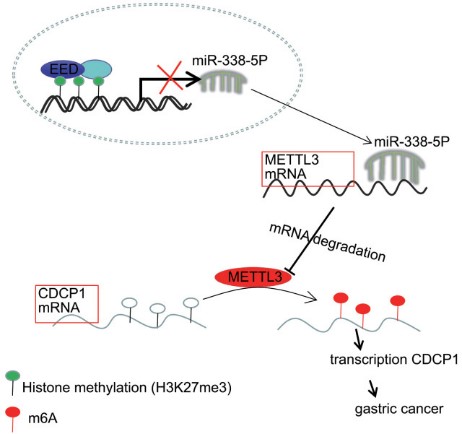
Fig1. The mechanism graph of the regulatory network and function of EED-mediated miR-338-5p methylation. (Fangbin Zhang, 2021)
What is EED protein?
EED (embryonic ectoderm development) gene is a protein coding gene which situated on the long arm of chromosome 11 at locus 11q14. This gene encodes a member of the Polycomb-group (PcG) family. PcG family members form multimeric protein complexes, which are involved in maintaining the transcriptional repressive state of genes over successive cell generations. This protein interacts with enhancer of zeste 2, the cytoplasmic tail of integrin beta7, immunodeficiency virus type 1 (HIV-1) MA protein, and histone deacetylase proteins. This protein mediates repression of gene activity through histone deacetylation, and may act as a specific regulator of integrin function. The EED protein is consisted of 441 amino acids and its molecular mass is approximately 50.2 kDa.
What is the function of EED protein?
EED protein is a transcriptional regulator that plays a key role in embryonic development. EED regulates gene expression by binding to the transcription factor histone deacetylase complex (HDAC). EED is also involved in DNA replication and cell cycle regulation. In embryonic development, EED promotes the formation of organs such as the neural tube, eyes and ears by regulating the expression of specific genes.
EED Related Signaling Pathway
EED proteins are involved in several signaling pathways, the most important of which is transcriptional regulation interacting with histone deacetylase complexes such as NuRD and CoREST. These complexes play a role in cell differentiation, development and tumor formation by modifying chromatin structure and influencing gene expression. EED also intersects with developmental signaling pathways such as Wnt, Notch, and Hedgehog, which are critical for embryonic development, tissue regeneration, and disease occurrence.
EED Related Diseases
Diseases associated with EED proteins include cancer and neural tube defects. In cancer, abnormal expression of EED is associated with tumorigenesis and development. For example, EED is expressed at elevated levels in some breast and lung cancers, suggesting it could be a therapeutic target for these cancers. In addition, mutations in EED are also associated with certain genetic diseases, such as multiple neurofibromatosis type 2 (NF2). In neural tube defects, abnormal expression of EED may lead to incomplete neural tube closure during embryonic development, resulting in spina bifida, anencephaly and other diseases.
Bioapplications of EED
Because of its important role in embryo development and gene expression regulation, EED has become a potential therapeutic target for many diseases. For example, small molecule inhibitors targeting EED are being developed to treat certain types of cancer, such as neuroblastoma and glioma. In addition, by studying the expression and function of EED, scientists hope to better understand how the disease occurs and develop more effective treatments.
High Purity
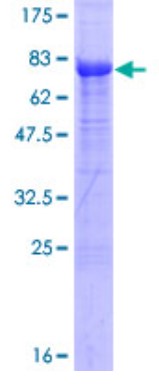
Fig1. SDS-PAGE (EED-3063H) (PROTOCOL for western blot)
.
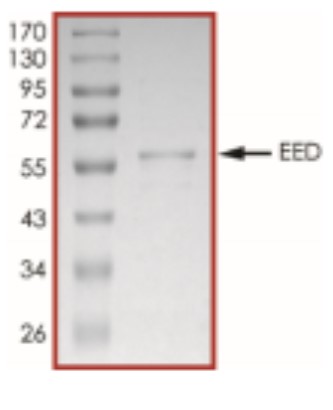
Fig2. SDS-PAGE (EED-316H) (PROTOCOL for western blot)
Case Study 1: Dilibaerguli Shaliman, 2022
Epigenetic modifications by polycomb repressive complex (PRC) molecules appear to play a role in the tumorigenesis and aggressiveness of neuroblastoma (NB). Embryonic ectoderm development (EED) is a member of the PRC2 complex that binds to the H3K27me3 mark deposited by EZH2 via propagation on adjacent nucleosomes. The researchers herein investigated the molecular roles of EED in MYCN-amplified NB cells using EED-knockdown (KD) shRNAs, EED-knockout sgRNAs, and the EED small molecule inhibitor EED226. The suppression of EED markedly inhibited NB cell proliferation and flat and soft agar colony formation. A transcriptome analysis using microarrays of EED-KD NB cells indicated the de-repression of cell cycle-regulated and differentiation-related genes. The results of a GSEA analysis suggested that inhibitory cell cycle-regulated gene sets were markedly up-regulated. Furthermore, an epigenetic treatment with the EED inhibitor EED226 and the HDAC inhibitors valproic acid/SAHA effectively suppressed NB cell proliferation and colony formation.
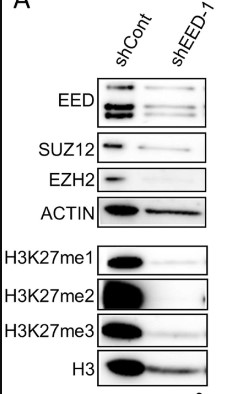
Fig1. Western blotting analysis of EZH2, SUZ12, EED, and H3K27me1–3.
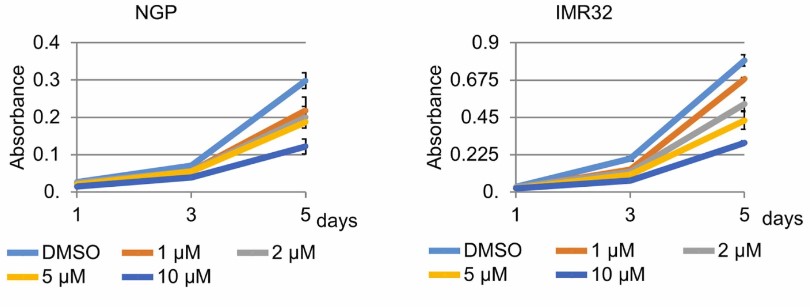
Case Study 2: Qipeng Liu, 2019
Polycomb group proteins are important epigenetic regulators for cell proliferation and differentiation, organ development, as well as initiation and progression of lethal diseases, including cancer. Upregulated Polycomb group proteins, including Enhancer of zeste homolog 2 (EZH2), promote proliferation, migration, invasion and metastasis of cancer cells, as well as self-renewal of cancer stem cells. In this study, the researchers report that EZH2 and embryonic ectoderm development (EED) indicate respective direct interaction with androgen receptor (AR). In the context of AR-positive prostate cancer, EZH2 and EED regulate AR expression levels and AR downstream targets. More importantly, they demonstrate that targeting EZH2 with the small-molecule inhibitor astemizole in cancer significantly represses the EZH2 and AR expression as well as the neoplastic capacities.

Fig3. Purified EZH2 and EED were respectively mixed with AR (full length) and pulled down with anti-AR antibody and protein A beads.
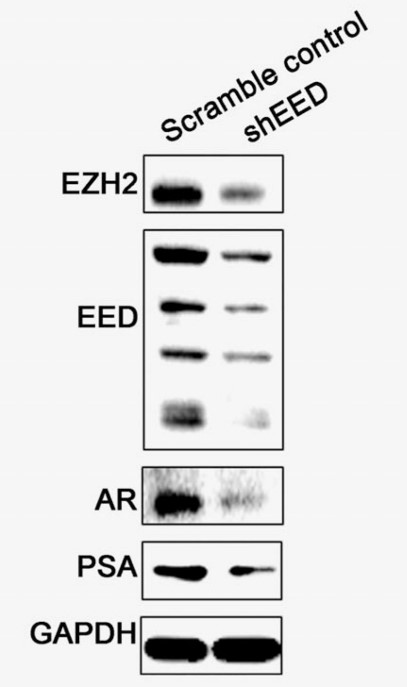
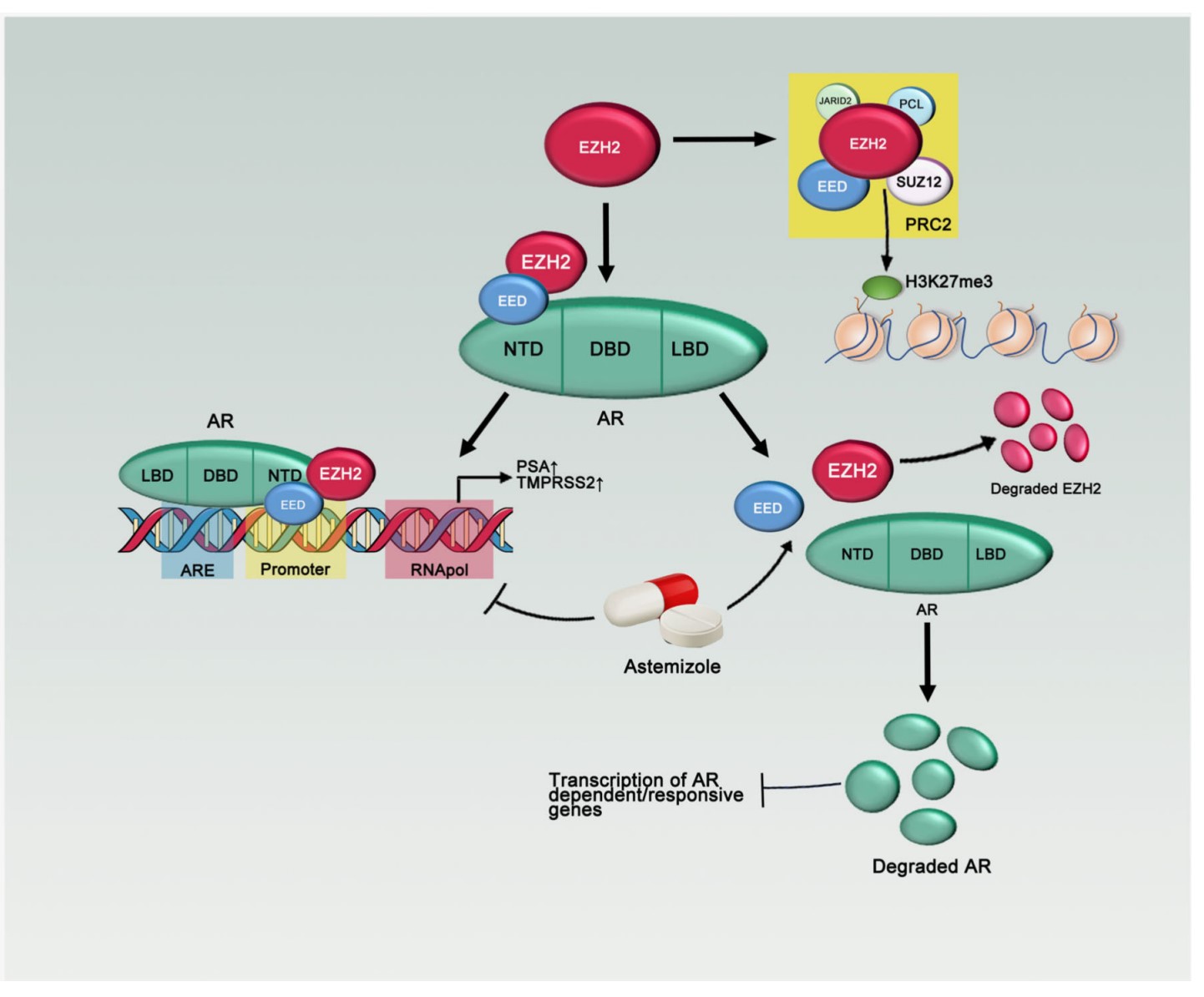
Fig1. αvβ3 signaling pathway in prostate cancer cells. (Qipeng Liu, 2019)
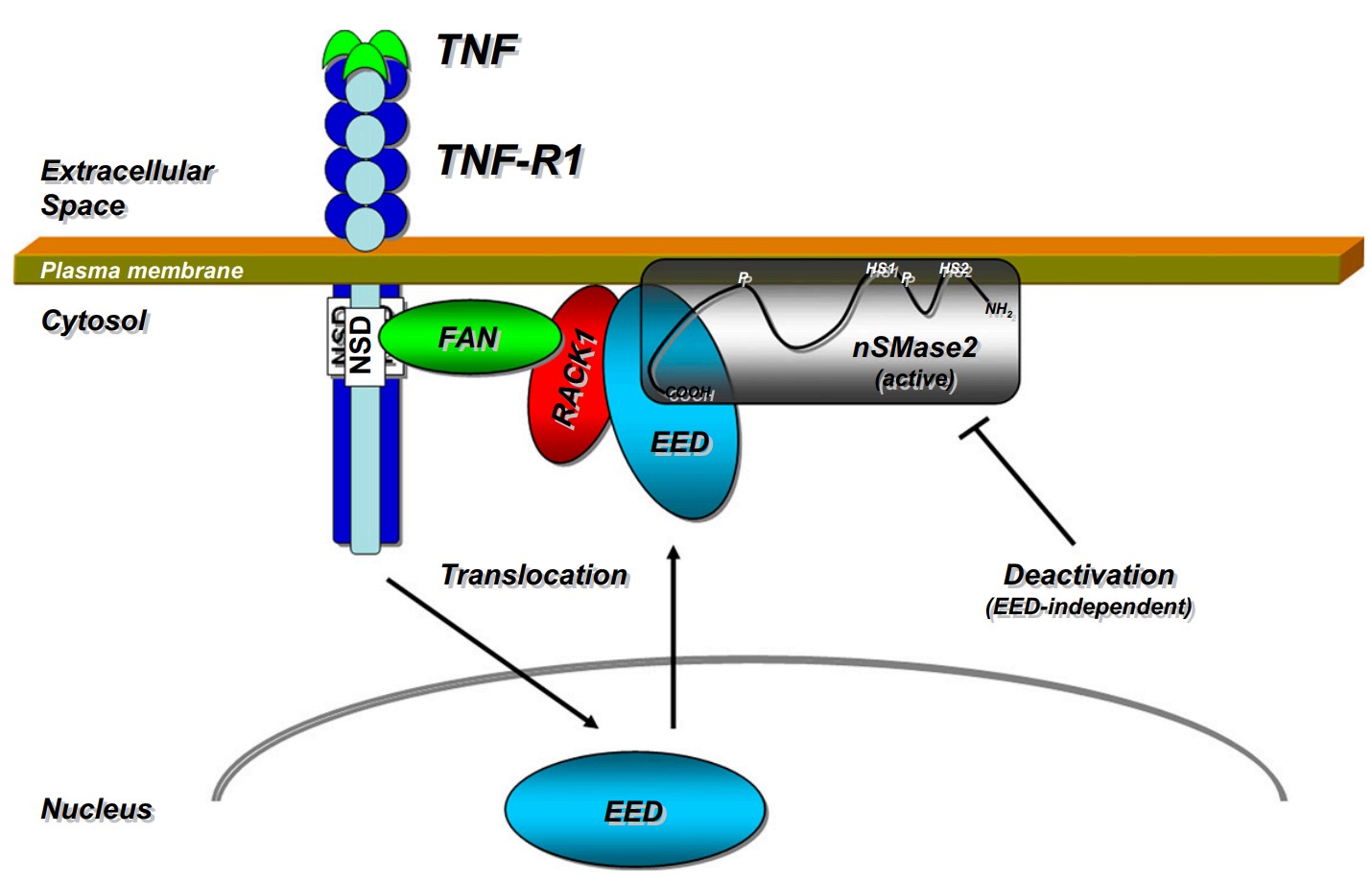
Fig2. EED is the missing link that couples TNF-R1 to nSMase2. (Stephan Philipp, 2010)
EED involved in several pathways and played different roles in them. We selected most pathways EED participated on our site, such as Cellular Senescence, Cellular responses to stress, Chromatin modifying enzymes, which may be useful for your reference. Also, other proteins which involved in the same pathway with EED were listed below. Creative BioMart supplied nearly all the proteins listed, you can search them on our site.
| Pathway Name | Pathway Related Protein |
|---|---|
| Cellular Senescence | HMGA1-RS1;HTATIP;RING1;TNIK;EHMT2;SUZ12;CBX6;CBX8A;TERF1 |
| Cellular responses to stress | DYNLL2A;POT1;CBX6;HIRA;DYNLL2;DNAJC2;PHC1;UBN1;LAMTOR2 |
| Chromatin modifying enzymes | SUZ12;SMARCC1;PHF8;MBD3B;JMJD6;ARID1A;SMYD3;MSL1;SMARCC1B |
| Chromatin organization | MSL3;MSL1;SMARCB1A;BRD1;TADA2A;PADI6;EED;PADI2;PADI3 |
| Epigenetic regulation of gene expression | RRP8;PHF19;CD3EAP;H3F3B.1;SIN3B;SAP30L;SAP30;DNMT1;JARID2 |
| Gene Expression | ZNF613;NRBP1;FAM36A;SKIA;ZNF257;COX7C;ZNF490;CHD4A;SSRP1A |
| Oxidative Stress Induced Senescence | CBX6;TNIK;BMI1B;MINK1;CBX8;RING1;SUZ12;SUZ12A;RNF2 |
| PKMTs methylate histone lysines | EHMT2;SMYD2A;SUZ12B;SUZ12;EED;SMYD2;SUZ12A;ATF7IP;PRDM16 |
EED has several biochemical functions, for example, chromatin binding, histone methyltransferase activity, identical protein binding. Some of the functions are cooperated with other proteins, some of the functions could acted by EED itself. We selected most functions EED had, and list some proteins which have the same functions with EED. You can find most of the proteins on our site.
| Function | Related Protein |
|---|---|
| chromatin binding | GATA1A;PDX1;APBB1;NR5A2;MSL1A;NSBP1;ACTL6A;DNMT1;CDK9 |
| histone methyltransferase activity | PRDM13;SUV39H1;CARM1;PRMT1;SUZ12;EZH2;PRMT6;PRMT2;EED |
| identical protein binding | ERN1;AMELX;SORD;C1QTNF2;SERPINA1A;TRAF6;ERBB2;PRMT8;NPR2 |
| protein binding | HIF1AN;COMMD8;MRPL53;RECK;FBXO11;IL32;ANGPT2;COL1A1;LEMD3 |
EED has direct interactions with proteins and molecules. Those interactions were detected by several methods such as yeast two hybrid, co-IP, pull-down and so on. We selected proteins and molecules interacted with EED here. Most of them are supplied by our site. Hope this information will be useful for your research of EED.
EZH2; DNMT3B; DNMT1; PINK1
- Q&As
- Reviews
Q&As (7)
Ask a questionDysregulation of EED can lead to cancer, largely through epigenetic alterations and disrupted gene regulation.
EED helps maintain stem cell pluripotency and self-renewal capabilities, crucial for embryonic development.
EED works with PRC2 in chromatin remodeling, influencing gene silencing and cellular identity.
Changes in EED function impact developmental processes, potentially leading to congenital anomalies and disorders.
EED regulates gene expression by modulating histone methylation, affecting epigenetic landscapes.
EED is essential in embryonic stem cell development, guiding differentiation processes.
EED affects cellular aging and senescence, playing a role in age-related epigenetic changes.
Customer Reviews (3)
Write a reviewPrecise protein quantification, ensures data accuracy in our experiments.
Dependable peptide synthesis, accelerates our projects effectively.
Timely antibody validation, a valuable asset for our lab.
Ask a Question for All EED Products
Required fields are marked with *
My Review for All EED Products
Required fields are marked with *


